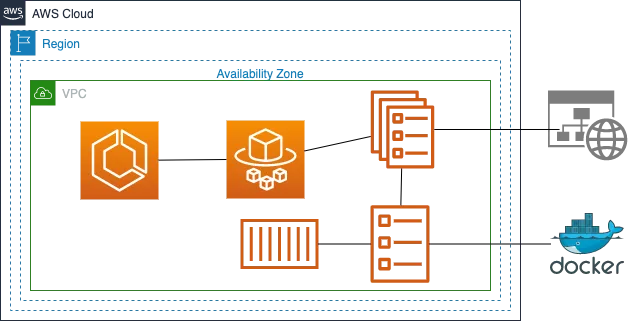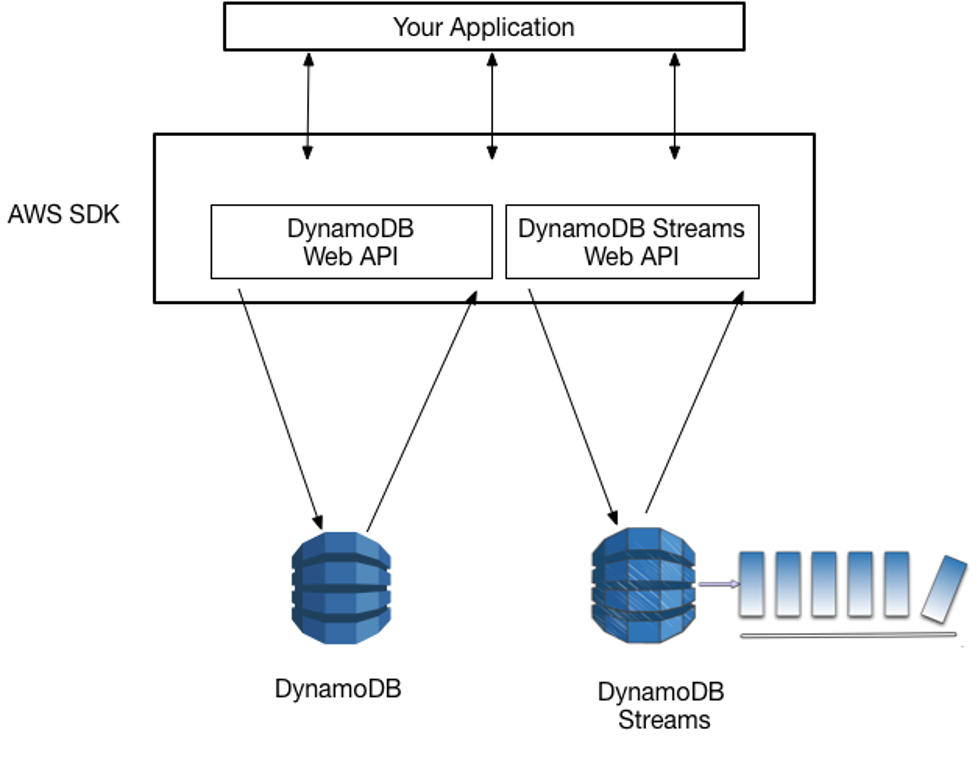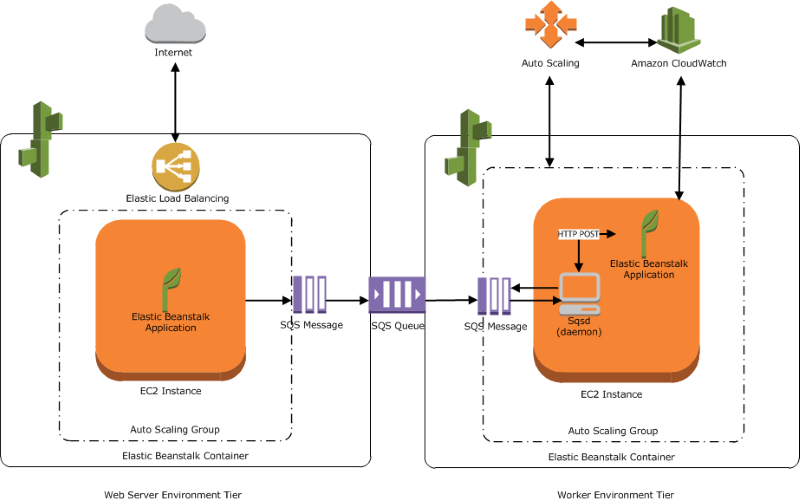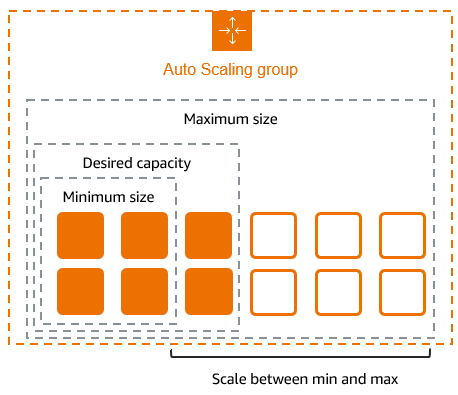Introduction
Containers have become the backbone of modern application delivery, but running and scaling container clusters can still feel like heavy lifting—especially if you’re also responsible for patching EC2 hosts, managing auto‑scaling groups, and worrying about kernel versions. AWS Fargate solves that problem by letting you launch Amazon ECS tasks without provisioning or managing servers. In this guide, you’ll learn what Fargate is, how it fits into Amazon Elastic Container Service (ECS), and how to deploy your first serverless container workload in minutes.
What Is AWS Fargate
AWS Fargate is a serverless compute engine for containers that works with both Amazon ECS and Amazon EKS. Instead of building a cluster of EC2 instances, you hand Fargate a task definition and AWS launches lightweight, fire‑and‑forget micro‑VMs behind the scenes. You pay only for vCPU, memory, and any optional EBS storage consumed while your task runs.
Fargate vs. EC2 Launch Type
When you create an ECS service you choose a launch type:
EC2 – You provision and patch EC2 instances, install the ECS agent, handle scaling groups, etc. Steady workloads where you already have Reserved/Spot capacity or need GPU instances.
Fargate – AWS provisions micro‑VMs on‑demand; no host management. Unpredictable, or small workloads, or when you never want to touch an OS again.
Core ECS + Fargate Concepts
Task Definition – JSON blueprint describing one or more containers, their images, CPU/memory, IAM role, networking mode, logs, etc.
Task – A running instantiation of a task definition. In Fargate each task maps to an isolated compute unit.
Service – Long‑running controller that maintains a specified number of tasks and can integrate with an Application/Network Load Balancer.
Cluster – A logical namespace for grouping services and tasks. Fargate clusters don’t require EC2 instances.
Step by Step for deploying container on Fargate
Step1: Creating a Container
- Search and navigate to the Elastic Container Service under the Containers in the Services drop down menu.
- Click on the Get Started button.
- Click on the Create Cluster button.
4. Under Cluster configuration, Enter Cluster name as democluster
5. In Infrastructure select Fargate for serverless.
6. Click on Create.
Step2: Create the task defintion file
- Navigate to Task Definitions in the left navigation panel.
- Click on Create new task definition and click on Create new task definition.
3. Configure task definitions and containers
- Task Definition family : Enter demodefinition
4. Under Infrastructure Requirements
- Launch Type: AWS Fargate
- OS: Linux
- CPU: Select .25 vCPU and Memory: Select 1 GB
- Task Role and Task Execution Role: Select None
5. Container -1
- Name : Enter sample-app
- Image URL: Enter httpd:2.4
- Uncheck Use log collection
6. Click on the Create button.
7. The task definition will be created successfully.
Step3: Creating a Service
- Click on Deploy button and then on Create Service.
2. You will be redirected to the service page.
- Existing Cluster: Choose the previously created cluster. In our case, the cluster name is democluster
- Compute options: Select Launch Type
- Under Deployment configuration, Enter Service name as demoservice.
3. Desired Tasks : Enter 1
- Scroll down and expand Networking section
- Under Security group, Select Create a new security group
- Security group name: Enter mysg
- Security group description: Enter Security group for ECS cluster
- Type : Select HTTP
- Source: Select Anywhere
4. Click on the Create button.
Step4: Viewing the service
- Wait for 2-3 minutes and You will see the service created successfully.
2. Navigate to the Tasks tab.
3. Choose a task from the list of tasks in your service.
4. Switch to the Networking tab.
5. Copy the Public IPv4 IP address and enter it in your web browser, and you should see a webpage that displays ”It works”.
Best Practices
- One Task Definition per Microservice – version them like application releases.
- Parameterize Secrets – use AWS Secrets Manager or SSM Parameter Store, referenced in the task definition.
- Use CloudWatch Logs – enable container logging to avoid SSH debugging.
- Apply Least‑Privilege IAM Roles – separate execution role (for pulling images/logs) from task role (business permissions).
- Right‑Size CPU/Memory – start small, enable auto‑scaling based on CloudWatch metrics.
Conclusion
AWS Fargate brings true serverless operations to container workloads: no EC2 hosts, patching, or cluster capacity headaches—just define your application, set desired count, and ship. Whether you’re migrating monoliths into microservices or building net‑new event‑driven apps, Fargate plus ECS forms a robust, cost‑efficient platform to run containers at scale. Follow DevOps Horizon page for more blogs on Cloud and DevOps.




